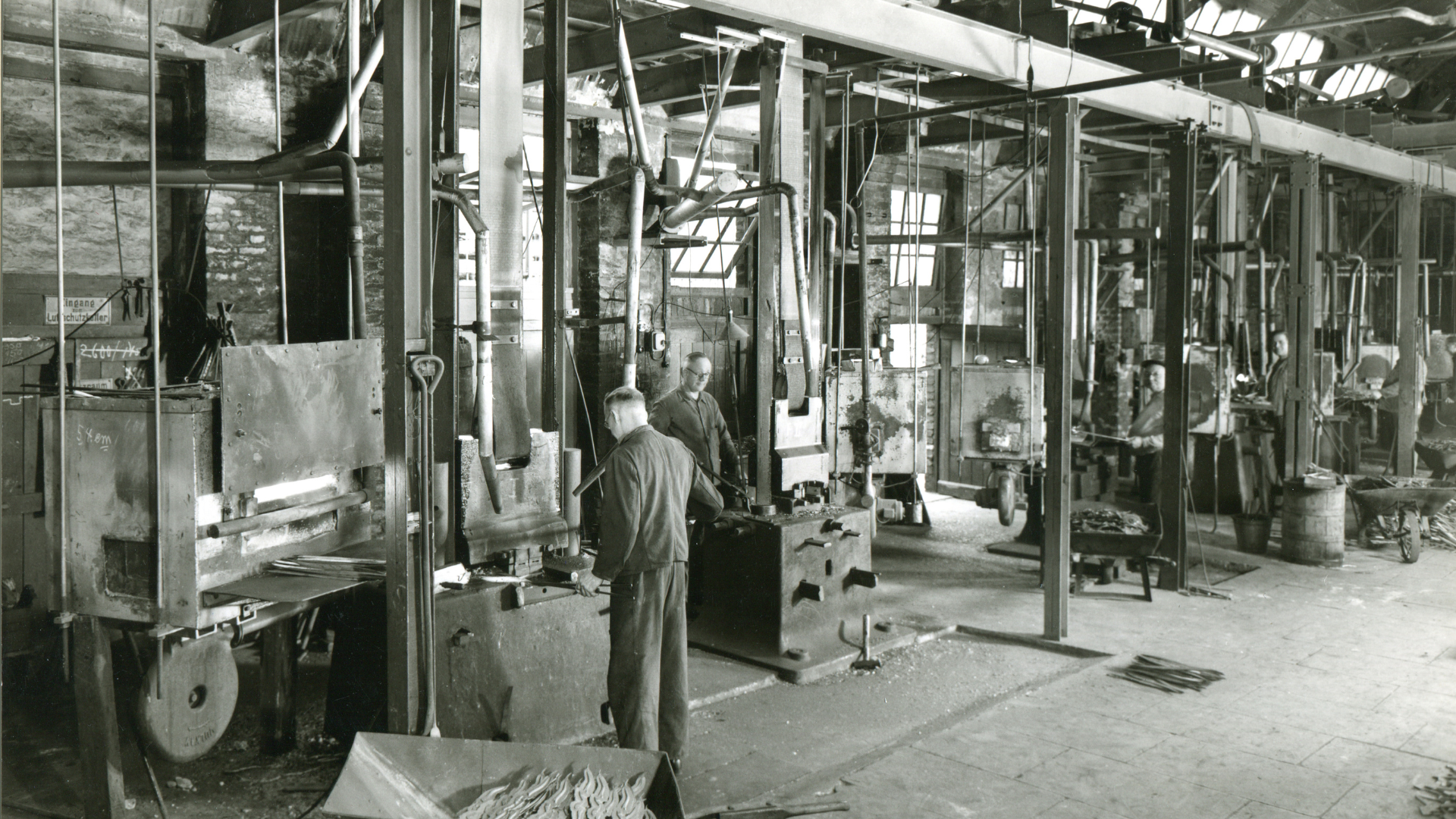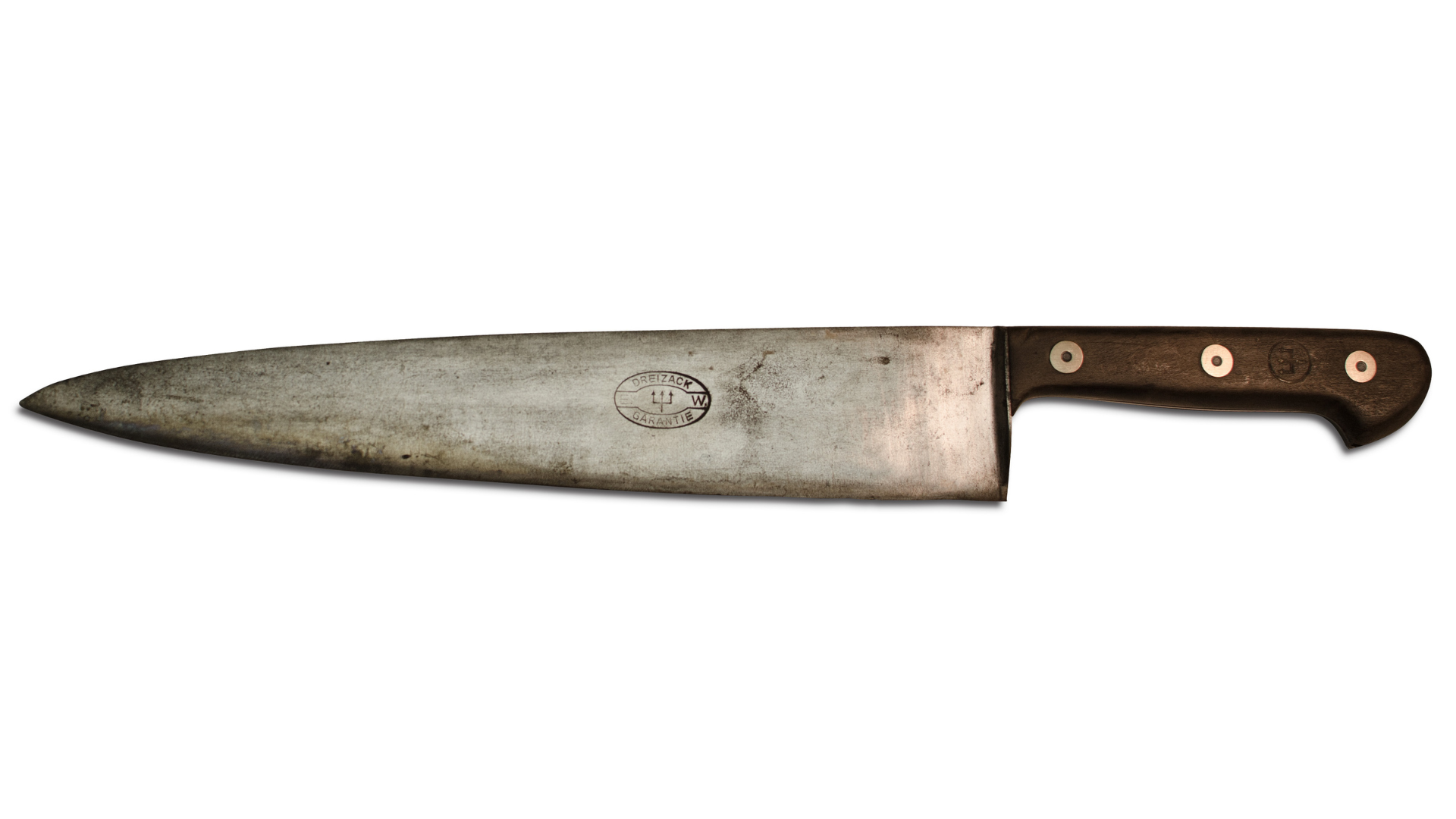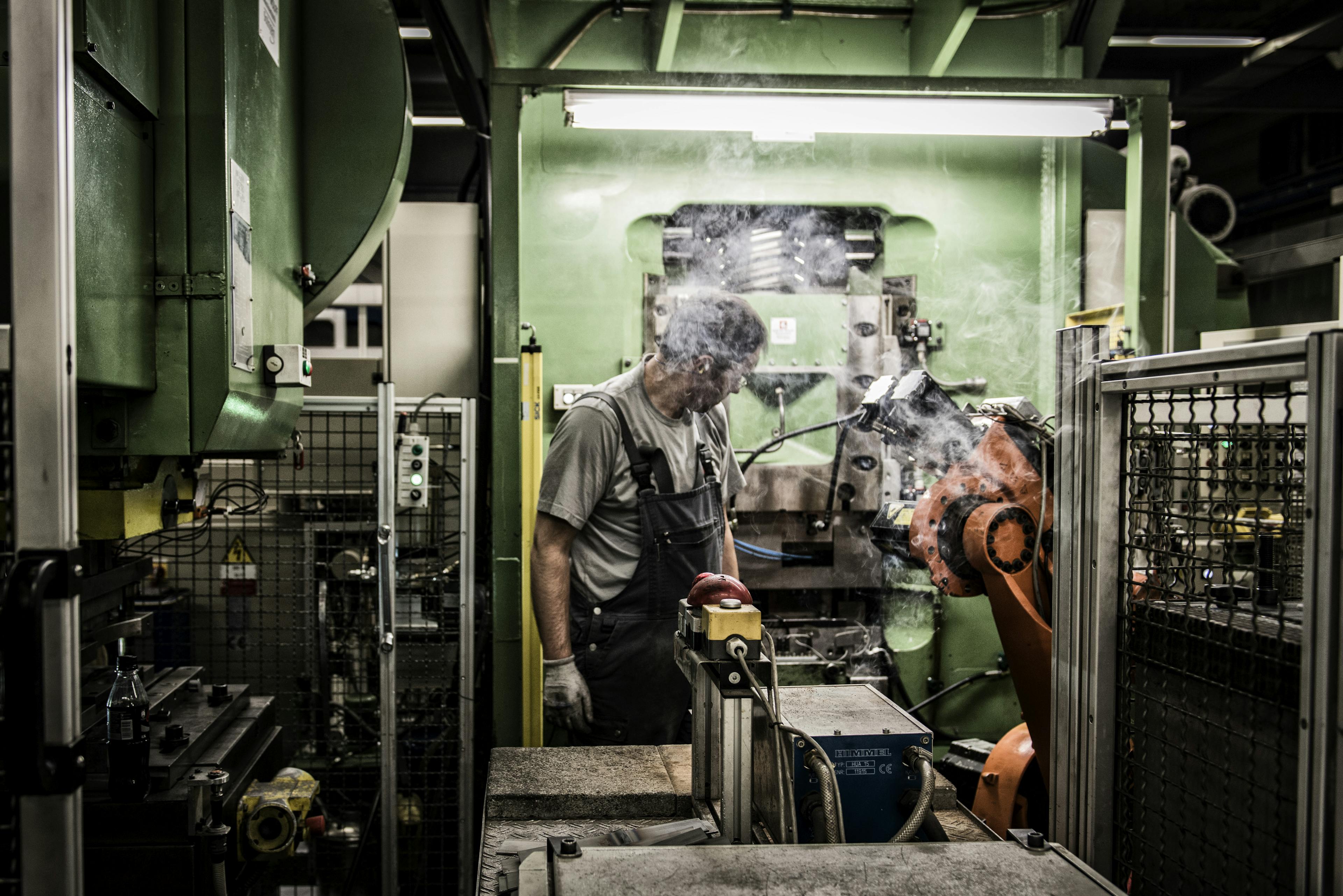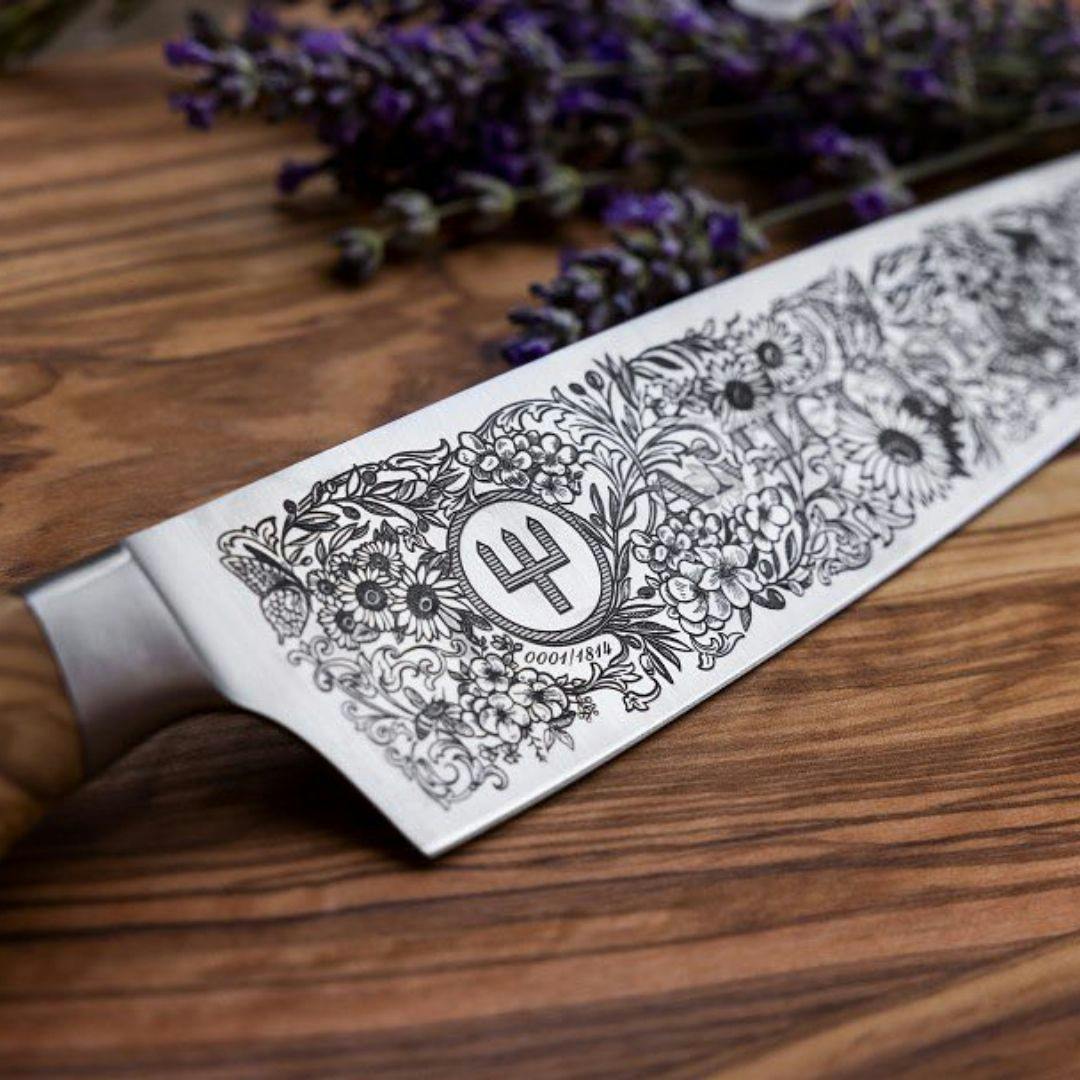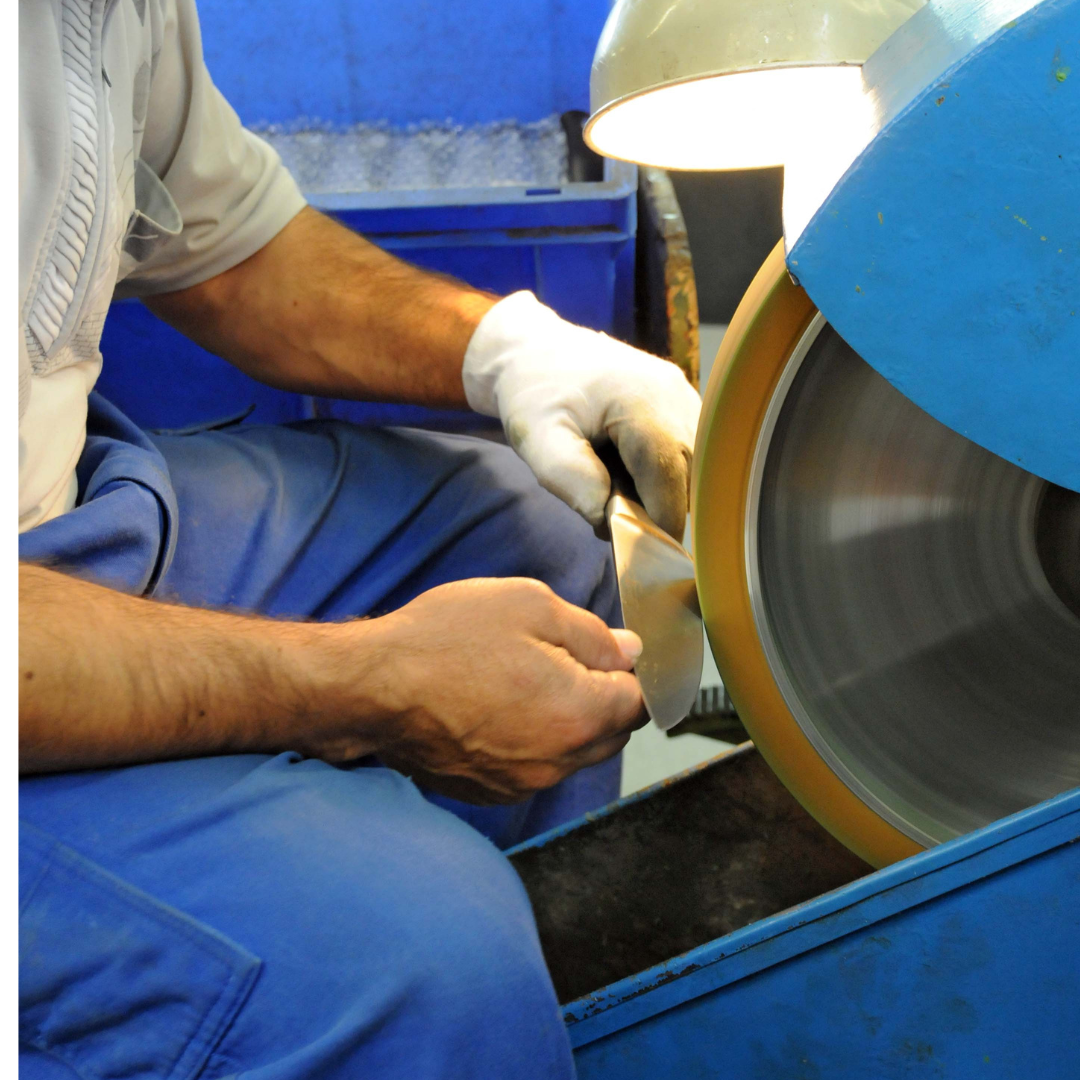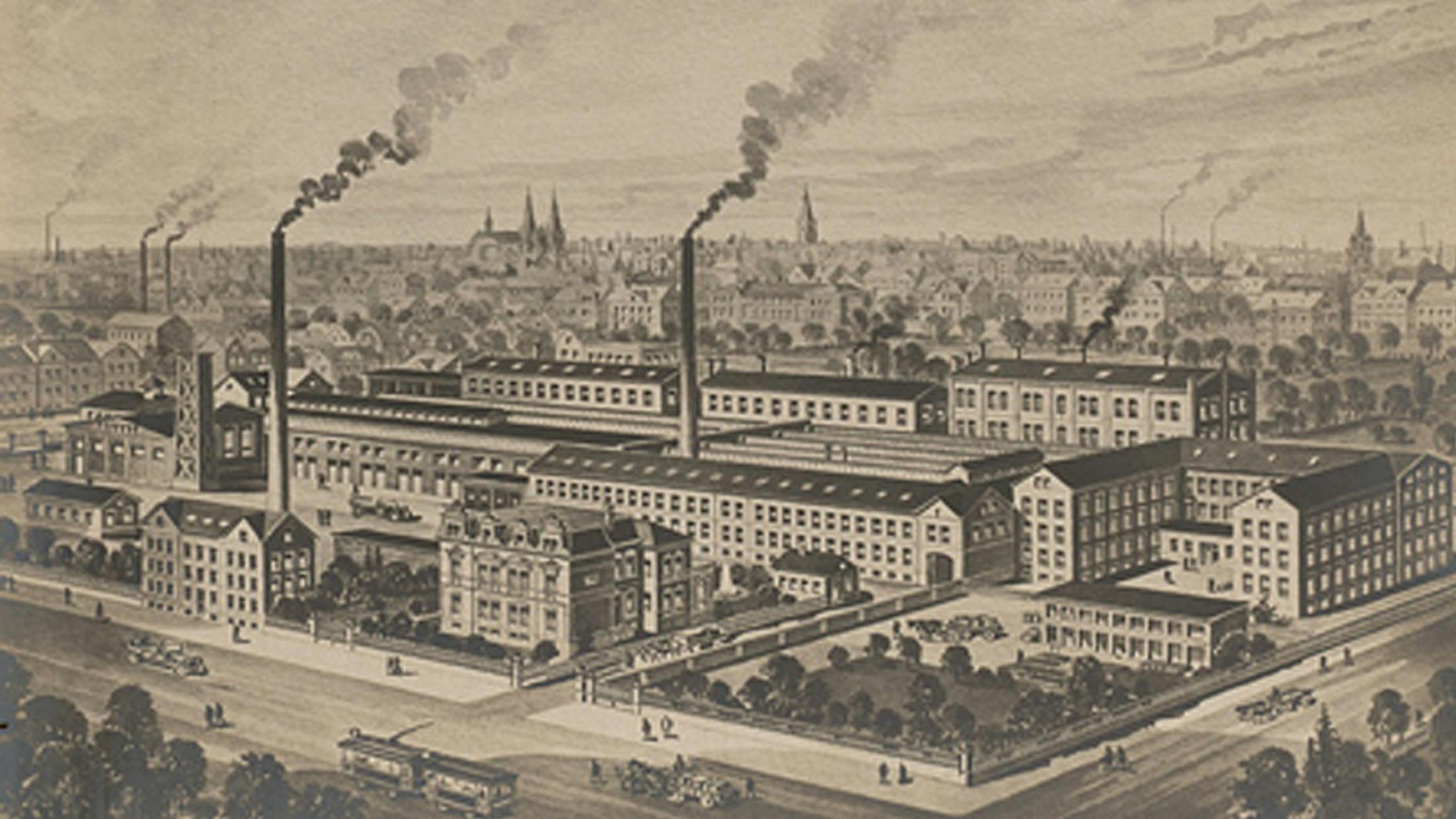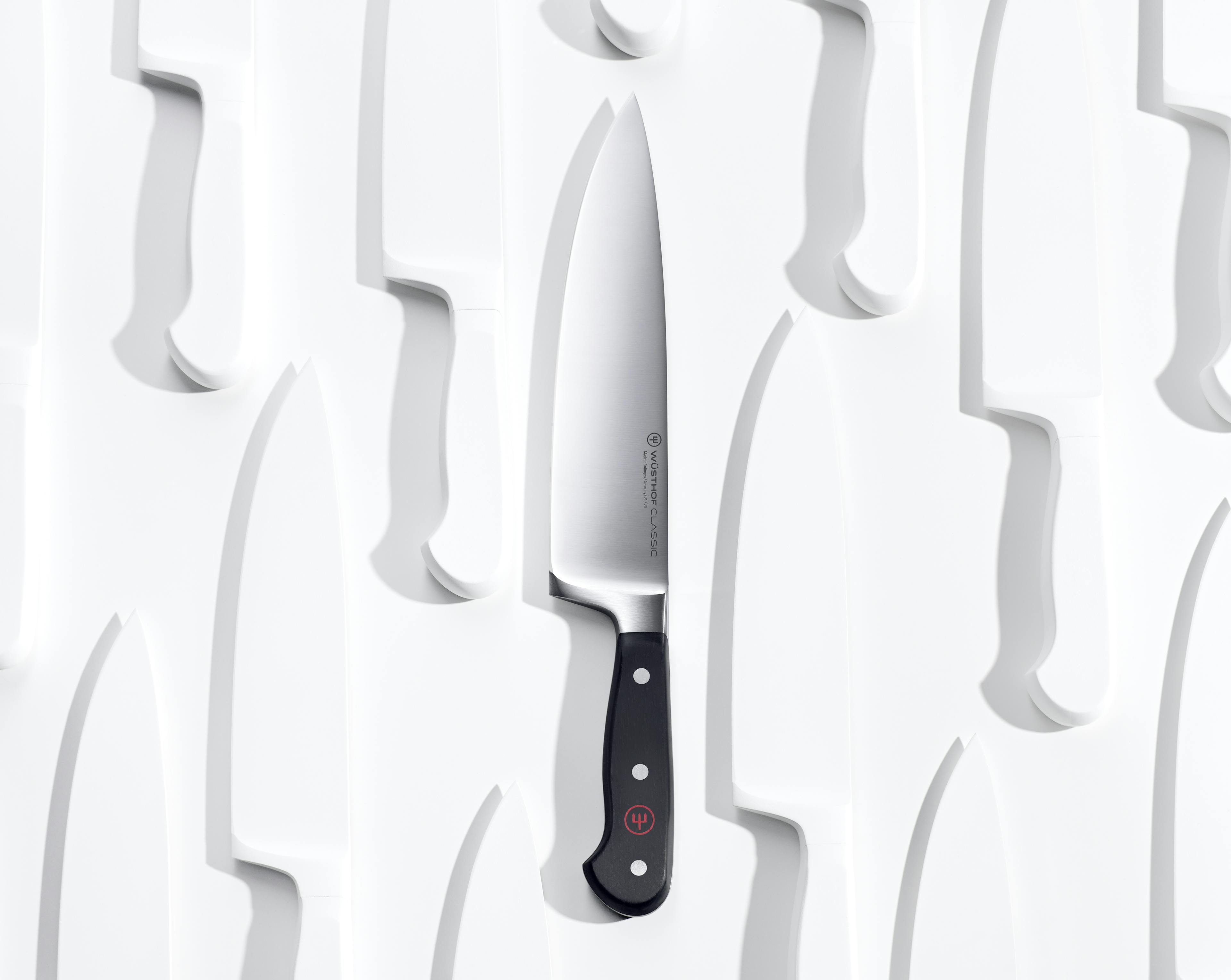Solingen, Germany, WÜSTHOF’s hometown for over two hundred years, is internationally renowned as the “City of Blades” for many reasons, including the fact that blades have been forged here for over eight centuries. Yet the knife as we know it today is the result of millions of years of innovation, artisanship, and cultural influences.
The History of Knives
Man's Oldest Tool
Both as a tool and a weapon, knives date back to the broad prehistoric period known as the Stone Age, where they were used as status symbols, methods of defense, and daily household utensils. There is so much history embedded in the deceptively humble knife, an object we at WÜSTHOF have dedicated seven generations to honoring and perfecting. To learn more about why we’re so devoted to premium knife craftsmanship, let’s take a step back into history.
Early cutting tools were made from stone, ivory, horns, and antlers. Around 4000 BCE, Egyptian artisans also began using knives made from obsidian, a form of polished volcanic glass and flint. These materials were quite common in blade craft for the next few millennia, despite the increased mining and extraction of copper, lead, and gold around 6500 BCE in the Bronze Age. These metals often proved too soft for consistent, heavy-hitting tasks like hunting and cooking. Originally, a knife’s blade and handle were a single unit, and around 600 BCE distinct handles began to appear in Celtic cultures, where they were typically crafted from bone. Wood, leather, and metal handles eventually followed suit.
Early Production
It was also around 600 BCE that knifemaking experienced a major upgrade from the introduction of iron, the popular metal of the new age. Yet iron came with some pros and cons. On the one hand, iron was resilient, durable, inexpensive, and abundant. On the other, iron rusted easily and was usually still too soft for many of the tasks it was up against. One hundred years later, however, saw the invention of iron smelting, a process that involved adding carbon to iron to create steel. Both supple and robust, steel was a game-changer in the history of knives, and gradual advances in furnace technology increasingly allowed for better control, higher quality, and exceptionally long-lasting products.
Knife Manufacturing in Europe
Flash forward to 18th century Europe, a continent known for its cutlery since Chaucer mentioned a knife from Sheffield, England in his 14th century magnum opus, The Canterbury Tales. In this era, France was known to make the Western world’s best knives, and in 1722, metallurgy — the science of metals and their production — was in many ways codified by the French writer and scientist René-Antoine Ferchault de Réaumur. Blades themselves, meanwhile, had not seen much innovation since the introduction of iron smelting. Steel was an enormous leap from stone, but it was prone to rust and discoloration whenever it met moisture or acid. German innovators were among the first to introduce a new kind of smelting that resulted in early iterations of the metal we now call stainless steel. And stainless steel revolutionized the blade industry.
Metal Advancement
Thanks to the addition of carbon and chrome, this novel metal didn’t tarnish, stain, or oxidize. With proper care, it could be forged into a sharp-edged blade that resisted moisture, damage, and even aging, despite frequent use. Today, it takes over 54 steps to turn a piece of our iconic WÜSTHOF steel into an exceptional knife. The special formula is made from chrome, vanadium, molybdenum, and stainless steel, making each blade extremely hard, durable, and rust-resistant.
Just as Solingen has been a central hub of Western European blade craft since the Middle Ages, Asia also has its time-honored knifemaking luminaries. Yangjiang, a city in China’s southern Guangdong province, has been a cutlery epicenter for over fifteen-hundred years. Local artisans evolved to master blacksmiths by forging quality handmade swords that soon became renowned across the country. As time passed and swords became unnecessary, these artisans, short of work, switched to crafting premium kitchen knives.
A similar trajectory happened in Seki, Japan, where centuries of accumulated skill and knowledge were grounded by techniques originally developed for making samurai swords. During the Meji Restoration in the late 1800’s, an edict was passed that banned former samurais (known as shizoku) from carrying swords, declaring the act at odds with the era’s period of modernization and Westernization. The Sword Abolishment Edict left sword-making artisans out of a job, inspiring many of them to begin forging knives meant for kitchen work. (You can read a bit more about the continent’s knife legacy in “Asian-Style Knives 101.”)
Knife Production Today
At WÜSTHOF, there have been many innovations across the two hundred years and seven generations of our family business. Handles are no longer crafted from bone, of course, but from a mix of natural and ultramodern materials that include Calabrian olive wood, smoked oak, and our patented, honeycomb-textured Hexagon Power Grip, to name just a few. We created the Double-Serrated Bread Knife, which adds additional serrations within the standard blade serrations for unparalleled stability and effortless slicing. We patented and developed the “sacrificial anode,” a chemical trick we adapted from the ship-building industry that prevents corrosion inside the knife handle, making each WÜSTHOF knife virtually indestructible. Our knife collaboration with the virtuoso Italian master engraver Dario Cortini, for our limited-edition WÜSTHOF Amici 1814, showed that a blade could be a canvas for stunning artwork. And as of the 21st century, we combined centuries of artisanship with one hundred and twenty state-of-the-art precision robots for millimeter-precise work. And though the WÜSTHOF factory in Solingen is regarded as one of the most modern knife factories in the world, the human touch from our experienced knife artisans is essential to our production processes. Among many other tasks, our premium knife specialists polish each knife by hand.
Knife history is deeply entwined with our origins at WÜSTHOF. Our knowledge, passion, and dedication to the perfect blade has survived two centuries and seven generations, but the seed of such craftsmanship began much earlier. Whether we’re making the highest-quality kitchen knives for the home cook or the best knives for professional chefs, our customers inspire us to continually contribute to the beautiful history of knives — and to support the talented knifemakers who sustain us.

